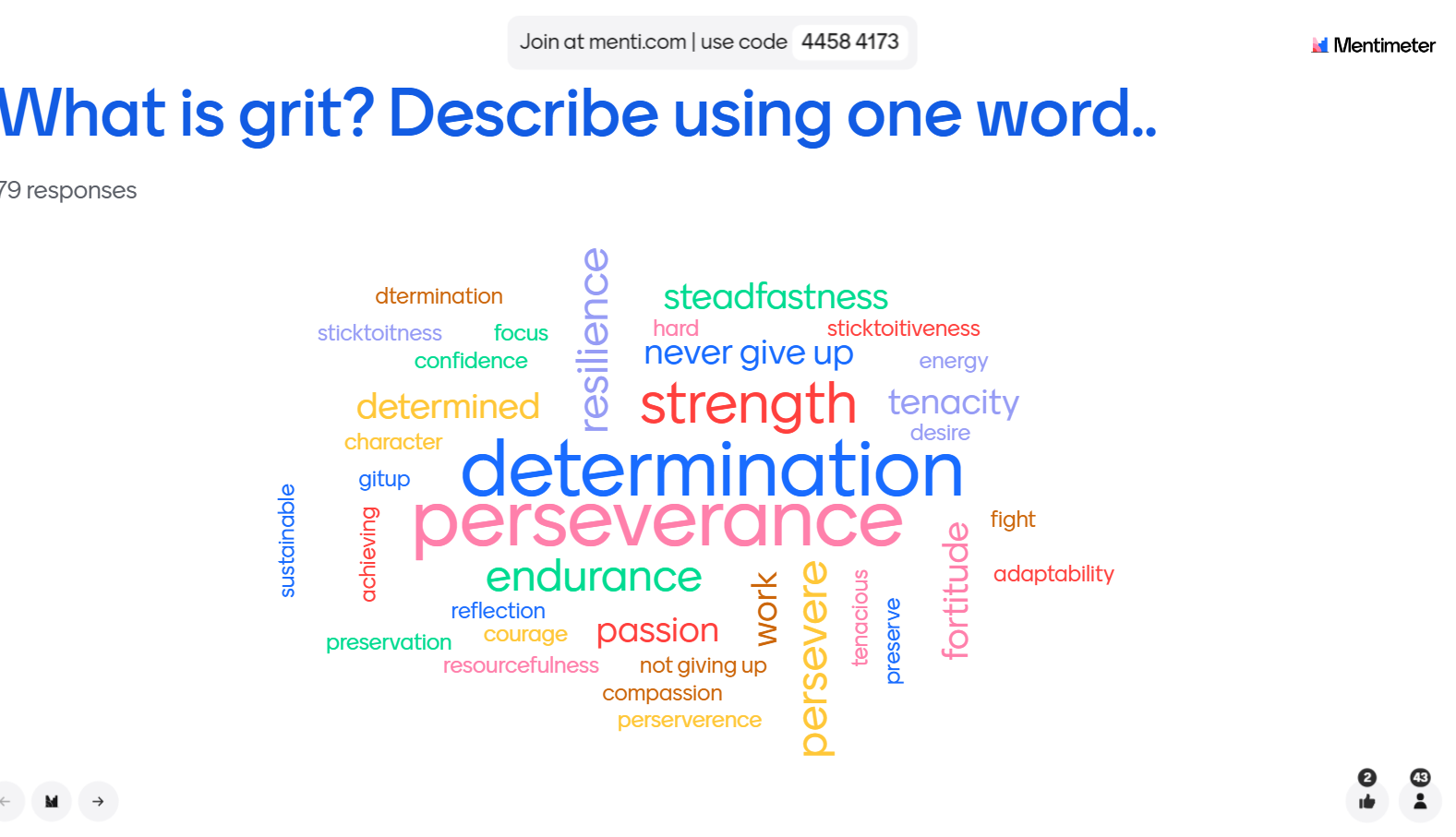How to Build Relationships With Students
During COVID-19

—Getty + Laura Baker/Education Week
This can’t be emphasized enough: Strong relationships will be essential to students’ academic success and well-being this coming school year.
And now, the beginning of the semester, is a crucial time for developing the personal connections that students will need to sustain them through what is going to be an unpredictable school year, at best.
But with schools either operating remotely, alternating online instruction with in-person classes, or closing due to an outbreak, developing meaningful relationships between teachers and students—and even among staff, students, and families—will be a challenge.
Educators cannot take for granted or assume that relationships among students or between students and teachers will develop and thrive on their own in this new educational reality. Relationship-building is going to need an assist from educators and school leaders. But while that work should be prioritized and given time in the school week, the effort does not necessarily have to be labor intensive or even time consuming—so long as it’s done intentionally and early.
It’s a worthwhile investment, say experts in child and adolescent development.
Humans are social creatures and have a deep biological and neurological need for interaction, so it follows that research has found that positive relationships in children’s lives play an important role in students’ ability to learn and cope.
“We know that kids learn best when they feel safe and secure; when they feel anxious and aroused and uncomfortable, learning stops,” said Laura Phillips, a neuropsychologist with the Child Mind Institute. “If we want to maximize the school year, we need to help kids start out feeling safe and connected to the people with whom they are interacting.”
A common feature among children who show resilience in the face of adverse childhood experiences is the presence of close and supportive relationships with adults.
“A person who sees you, who knows you matter, who helps you work through difficult emotions—just the idea that there is a person who is invested in you and knows you goes a really long way to help kids to overcome difficulty,” Phillips said.
Relationships also create a sense of belonging in school—and in times of remote learning, it may be the only tangible connection to schools that students will have. If students are struggling to stay engaged through distance learning or hybrid schedules, strong relationships with their teachers and classmates may be what keeps them logging in.
Downloadable Guide: Language for Forging Online Chats With Students
Finally, these connections will help anchor students as they are battered by difficult emotions stemming from not only the pandemic, but also the economic recession and ongoing civil rights protests and unrest over the police killings of Black Americans.
How can educators, then, build these all-important connections with students, especially over physical distances? Following are four tips for how to make that work.
1. Map out student relationships with adults
One low-cost approach is relationship mapping, a strategy that helps schools ensure that all students have a positive, stable relationship with at least one adult in school.
Whether it’s with a classroom teacher, a coach, a school counselor, or another member of the school staff, every student should have someone who knows their interests and is looking out for them, said Karen VanAusdal, the senior director of practice at the Collaborative for Academic, Social, and Emotional Learning, or CASEL.
To map relationships, school staff members come together virtually or in person to brainstorm all the adult connections individual students have at the school with the aim of identifying those students who don’t have any and then connecting them with a mentor within the school. Additionally, schools can flip the mapping exercise and ask students to identify which adults they feel closest to.
If school buildings are closed, mentors—in particular, those who are not teachers and aren’t in regular contact with students, such as school counselors, coaches, or administrators—should be encouraged to maintain connections with students either through phone calls or good old-fashioned letter writing.
But it’s not necessarily enough to put relationships within reach and expect students will know how to reach out and use them, cautions Mahnaz Charania of the Clayton Christensen Institute, a nonpartisan think tank. Knowing how to ask for help and activate those relationships are skills students may need to be taught.

2. Maintain weekly or daily check-ins
Regular emotional check-ins—weekly or even daily—where teachers get a read on how students are feeling and what is going on in their lives beyond their computer camera is an effective relationship-building strategy that can easily shift from in-person to remote classes or be done under a hybrid schedule.
Check-ins can be done through a short phone call with individual students, worksheets where students circle the emoji that best describes their current mood, a group exercise such as thorns and roses—where each students shares a negative and positive experience from their day or week—or a survey students can fill out on Google Forms.
Group check-ins can even be as informal as a teacher kicking off a class by asking students how they are doing and really listening to their responses, said Stephanie Jones, an SEL expert at Harvard.
The challenge, though, is making sure these routines don’t become rote, she advises. Making the same request—'tell me about your family’—every day will start to sound canned. Questions don’t necessarily have to be related to students’ feelings all the time. Educators can get mileage out of asking students what shape they most often see when they look at clouds so long as it gets students sharing and the teacher listens and is responsive.
The point is not so much to lead a group therapy session but to show a genuine interest in students’ lives and thoughts, which establishes trust and a connection that students can reach to when they’re struggling.
“For adults, I would think about weaving in some effective positive praise,” added Jones. “Kids are going to need to be noticed for what they are doing well. Because I think there will be a lot of noticing of what’s not going well. The transition is going to be rough.”
As kids started school in the El Paso Independent School District in Texas, teachers distributed surveys asking students what they are apprehensive about, what they are looking forward to, and what they think their teachers should know about them.
The district, which is in a community hard hit by the coronavirus pandemic, has been working hard to figure out how it will meet students’ social and emotional needs as they return to school in person, says Ray Lozano, who heads SEL initiatives for El Paso schools.
“One of the challenges this year is that in the spring teachers and counselors had established relationships with families,” he said. “That will be different this year.”
3. Build peer connections, buddy systems
While students will connect with one another on their own, schools should also take steps to facilitate connections among classmates. At the middle and high school levels, El Paso public schools uses advisories—a consistent group of students a teacher meets with weekly or daily—to create a sense of community and a space to develop social-emotional skills.
For students who are learning remotely, or in a hybrid schedule, creating a buddy system where students are paired up and asked to check in with each other once a week—and shuffling the pairings every few weeks—can help students develop relationships with classmates, recommended Phillips of the Child Mind Institute. Teachers can assign conversation topics or prompts if they think students might need a little boost.
Even something as simple as opening up a Google classroom a little early so kids have a chance to talk with one another can go a long way, said CASEL’s VanAusdal.
4. Don’t forget about parents and teachers
Relationships with parents will also be crucial and should be established early.
Teachers in the El Paso schools reached out to parents in the final weeks of summer break to get them up to speed about what to expect for the coming year—in particular, they noted the fact that the district would be returning to its normal grading policies. But the phone calls also provided an opportunity to hear from parents about their virtual learning experiences last spring and to take the initial step in building trust and relationships.
Surveys are another powerful tool for connecting with parents, getting their input, and solidifying relationships with them.
Charania of the Christensen Institute recommended expanding relationship mapping to include the students’ homes. This way, schools can identify who a particular student relies on the most—whether it’s a parent, sibling, grandparent, or neighbor—so they know which adult at home the school should be connecting and building a relationship with. This is also helpful in pinpointing which students are in most need of supportive adult relationships in school.
Finally, with all this discussion on how students are social creatures whose happiness and mental health depends greatly on feeling connected to a community, it’s important to acknowledge that the same is true for educators. The pandemic is putting extreme pressure on teachers, and they need supportive relationships to be able to fully be there for their students. To this end, school leaders should consider ways to help staff stay connected as well.






